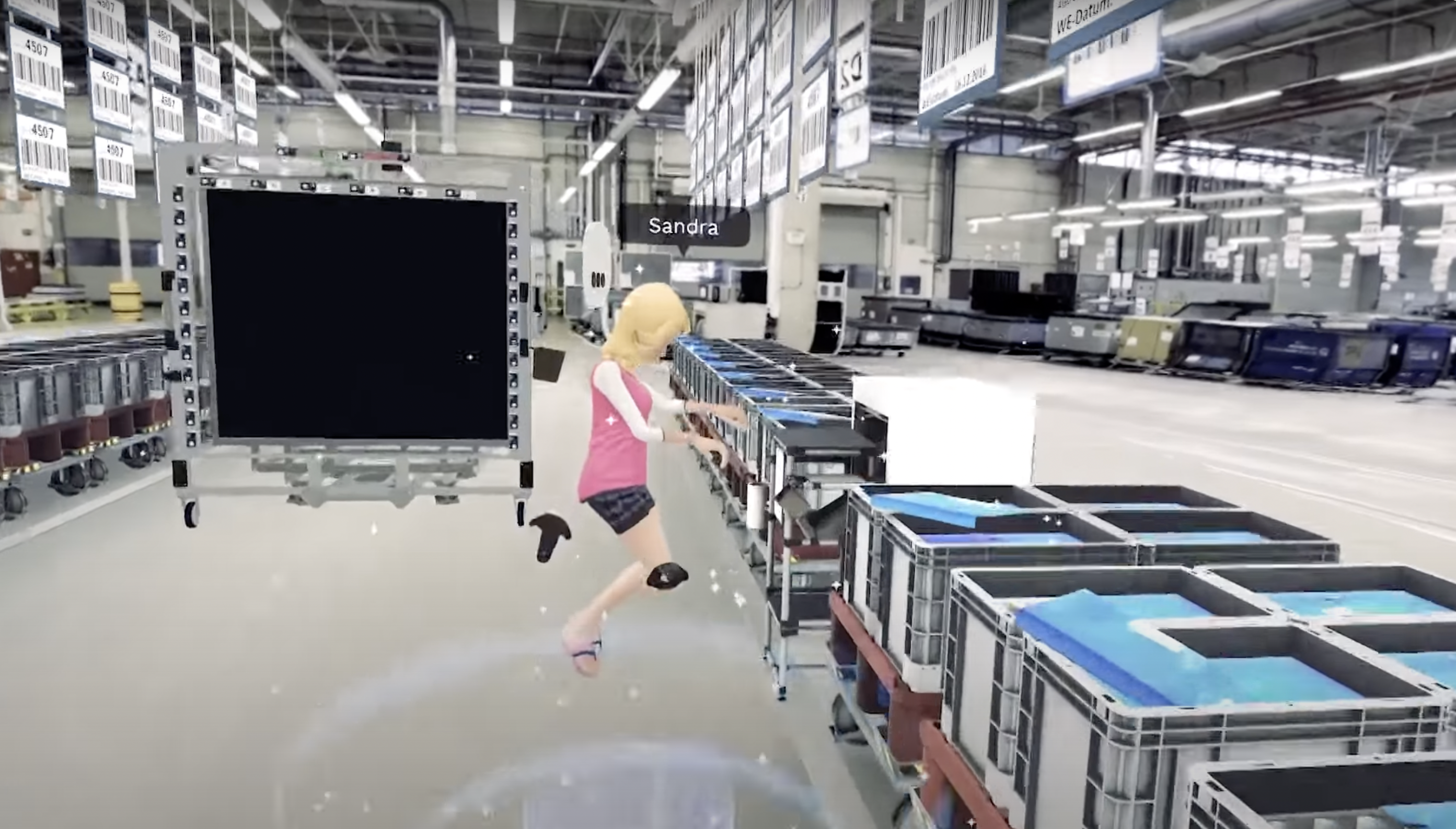For the past five years, AR and VR technologies have gained ground in healthcare, technology and industrial sectors as a superior medium for hard skill and soft skill training.
XR Research and Efficacy Data
As early as 2018, global consulting firms such as Deloitte began publishing research as to the effectiveness of VR for training and were citing a wide range of use cases in both consumer and business sectors. A 2020 research study by PwC subsequently documented the effectiveness of VR in soft skills training and it has become one of the most often quoted pieces of research backing up the promise of VR in the workplace. In 2021, Accenture published more data on the growing adoption and use of XR technologies and provided recommendations for infrastructure, hardware and people to get it right.
Accenture notes that “Despite [companies] spending an average of $1300 per employee annually on training, research proves that learners forget 70% of the content within 24 hours and nearly 90% in a month.” This translates to poor ROI and employee development for employers attempting to maintain a competitive workforce.
In addition to these global consulting firms, mainstream industry publications and trade associations are now publishing articles, reports and member case studies on XR adoption and use as the industrial metaverse is gaining traction in 2022.
Delivering ROI for XR Investments
Not every company has bought into industrial XR as conservative business leaders want to know how investments in XR will positively impact EBITDA.
To answer this question, XR solution providers must do more than continue to promote XR solely for training by demonstrating value across the enterprise. In doing so, they can also tap into multiple budgets to fund larger XR initiatives. Because typical XR solution providers are led by technologists and software developers, they often lack understanding of the various functional departments inside major companies and the priorities of the executive decision makers that lead them.
The problem with focusing solely on training is that typical Learning & Development (L&D) budgets in many companies are quite small in comparison to other departments that are more closely tied to revenue and profits such as Sales and Marketing. Additionally, when market conditions become difficult (e.g. oil dropping below $50-60/barrel), training budgets are some of the first to get cut.
Multi-department Use Accelerates XR ROI
Instead of solely focusing on training, XR providers must take a wider lens view of enterprise organizations and how XR content experiences can benefit multiple stakeholders to share the investment and accelerate the ROI payback.
The good news is that if you look beyond the Learning & Development department, there are at least four functional organizations that can benefit from XR content and digital twins: Product Development, Operations (including Technical Training), Sales and Marketing. Each of these departments have substantial budgets (in the millions of dollars) and have been affected in one way or another by COVID-19, The Great Resignation, and the expectations of Millennials as the largest generation in the workforce. Smart L&D leader seeking to champion XR learning initiatives inside their company will also realize the benefit of partnering with these other departments to co-sponsor (fund) XR initiatives where each department wins.
XR Adoption in Product Development
Product Development teams are using XR to perform rapid prototyping thereby saving millions of dollars. Multiple automotive manufacturers, including BMW Group, VW Group and Renault have been using this technology with proven ROI. Manufacturers like Flex, a $25B global leader, are also adopting AR and VR as part of their Industry 4.0 strategy for product design.
XR Adoption in Manufacturing Operations
Once a product has been designed it must be manufactured. Operations organizations are using AR and VR to optimize plant configuration and design before hundreds of millions of dollars of equipment are installed. Once plants are operational, AR and VR technologies are being used to simulate various processes to look for optimization opportunities. Technical training of operators and repair technicians in VR means not having to interrupt production lines (and thus, lose daily revenue capacity). Publications like Manufacturing.net are now tracking use cases to help educate operations leaders on the practical applications of XR technologies and corresponding ROI opportunities.
XR Adoption in Sales and Marketing
Once products are manufactured, they must be sold to generate revenue – thus, Sales and Marketing organizations are functional departments that can benefit from using XR technologies. For companies selling complex, expensive industrial solutions with long sales cycles, it can be difficult to gain purchase consensus if decision makers are geographically dispersed across borders and time zones making it difficult for them to physically meet with a sales rep or demo a product. Marketing teams can use VR to allow buyers to virtually experience products and services without having to physically attend a trade show (as many shows are still largely hybrid with the majority of attendees doing so online). What’s more, virtual product demos can be recorded and shared as part of a content marketing strategy.
Given that fewer buyers are meeting with vendor sales reps (partially because they are still working from home offices), it remains challenging for many Sales teams to engage their best customers and prospects. However, VR experiences are one way to create memorable interactions and sending a $299 Oculus 2 headset to a prospect is far cheaper than an airline ticket, hotel and rental car to make an impression. For companies like Azota or ISTI Plant Services that design and construct energy processing facilities, XR can help buyers visualize and experience their design and construction phases without traveling to a physical construction site. For companies like Ingersoll Rand selling overhead crane systems, they can sell (and train/onboard customers) in VR to save time, money and fast-track operator proficiency.
Enterprise XR Adoption is Key to ROI
While we are still in the early days of industrial XR adoption and use, there are plenty of ROI success stories and they extend beyond training. Sure, XR-enabled training is an obvious place to start within an organization, but bringing Product Development, Operations, Marketing and Sales into the conversations broadens the use cases – and thus, ROI potential. It also helps to accelerate adoption and use within a company – and thus, revenue opportunities for XR solution providers.
Interested in learning more? Attend Industrial Immersive Week 2022 and attend the XALTER deep dive panel session.



